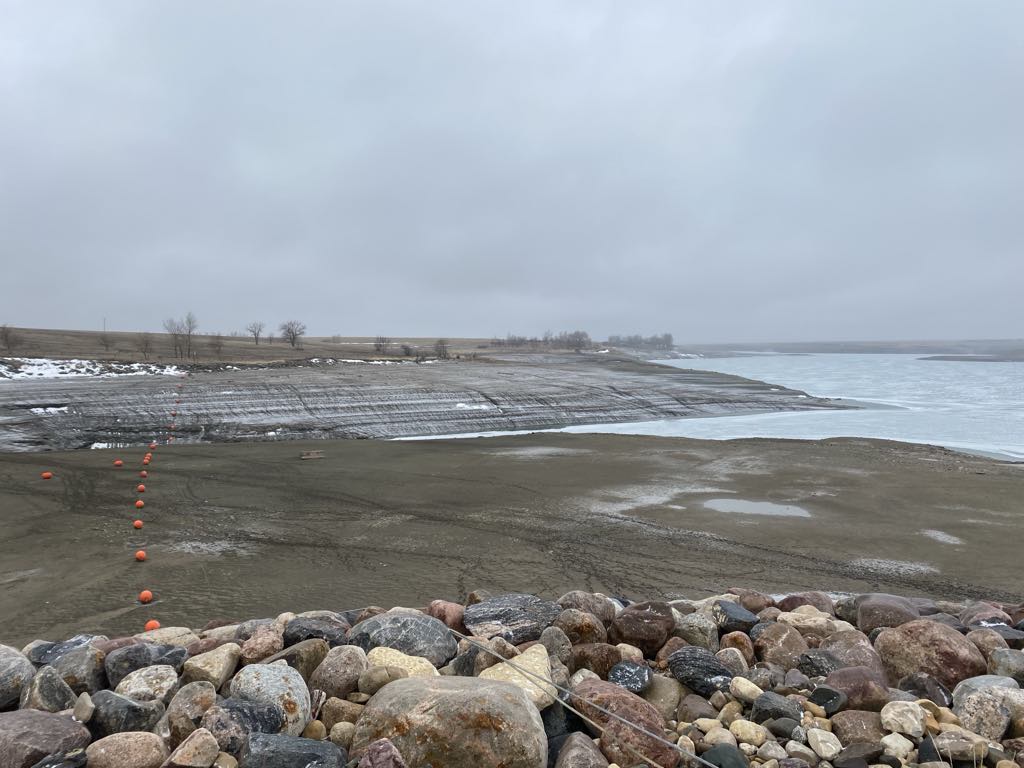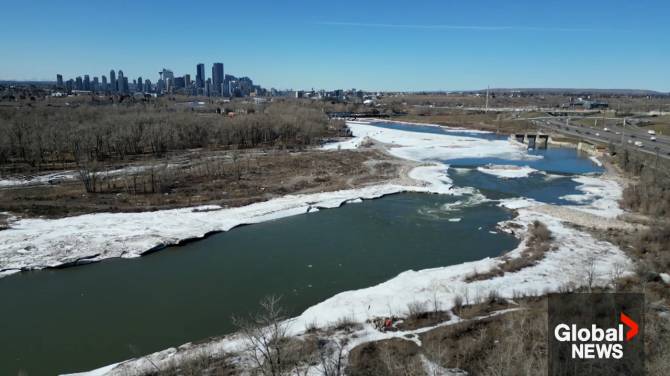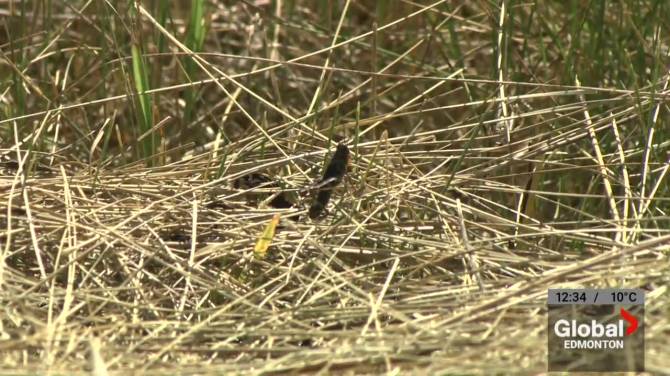Despite some normal rainfall in February, Alberta's drought conditions are still the same for the province's prairie region.
Some irrigation districts in southern Alberta are expecting to have less water available for the 2024 irrigation season.
Since December, the St. Mary River Irrigation District (SMRID) has been providing monthly updates to irrigators about the potential outlook for this year.
On March 15, the SMRID revealed an initial water allocation forecast of eight inches at the farm gate, but this amount may change as the season progresses based on snowpack and reservoir levels. An estimate of how much water will be available initially for use
at eight inches is almost a 50 percent reduction compared to the usual 15- to 16-inch allocation.
A finalized number for the water allocation is scheduled to be announced at the annual general meeting on April 3 at the Agri-food Hub & Trade Centre, according to Westwood.
Irrigators have been warned for a while about the likelihood of facing water restrictions or limited water supply, so providing them with this initial forecast allows them to make some basic decisions about their crops,
Westwood said.
Given the announcement, people may consider redistributing their water among different crops this year, as some crops require more water than others, such as sugar beets or potatoes.
Westwood mentioned the option for irrigators to transfer water from a less water-intensive crop to a higher value, higher water-use crop within the district.
Dr. Willemijn Appels, senior research chair at the Mueller Irrigation Research Group at Lethbridge College, stated that this initial allocation will lead many to reassess their crop mixes this year.
Most irrigation districts allow for the transfer of water within the operation, enabling individuals to move water from a crop that may be more vulnerable to a lower water-dependent crop like wheat, according to Dr. Appels.. “But with only eight inches, you probably won't be able to grow the same amount of potatoes and sugar beets as you normally would,”
she added.
Dr. Appels also mentioned that the current conditions are similar to the most recent drought in 2001-2002, where low snowpacks and reservoir levels led to a pessimistic outlook, but a significant June rain eventually ended the drought.
“We may be transitioning from an El Nino to a La Nina, but it's not very clear when or how much rainfall that will bring,” said an expert.
This has caused some farmers to buy crop insurance, which is a growing trend according to Jesse Cole from Agriculture Financial Services Corporation (AFSC).
“After major droughts, we've seen more people getting crop insurance,” Cole explained. “Two years ago, there was an increase from about 79 per cent to 82 per cent across the province. This year, especially with the spring soil moisture conditions and potential restrictions on irrigated water, it is important to consider how it fits your situation.”
At the SMRID AGM, there will be a presentation on crop insurance and information about the Water Allocation Restriction Benefit Program.
Although water allocation may be lower than in previous years, Westwood mentioned they are still hopeful for more rain and are preparing for another dry summer.
“We have been working with the province, irrigation districts, municipalities, as well as industrial and environmental groups to plan for water sharing this year,“ Westwood explained. “We are drafting water sharing agreements or commitments to ensure everyone has access to water, although probably not as much as usual.”
Westwood expects an agreement to be ready by the end of April.





